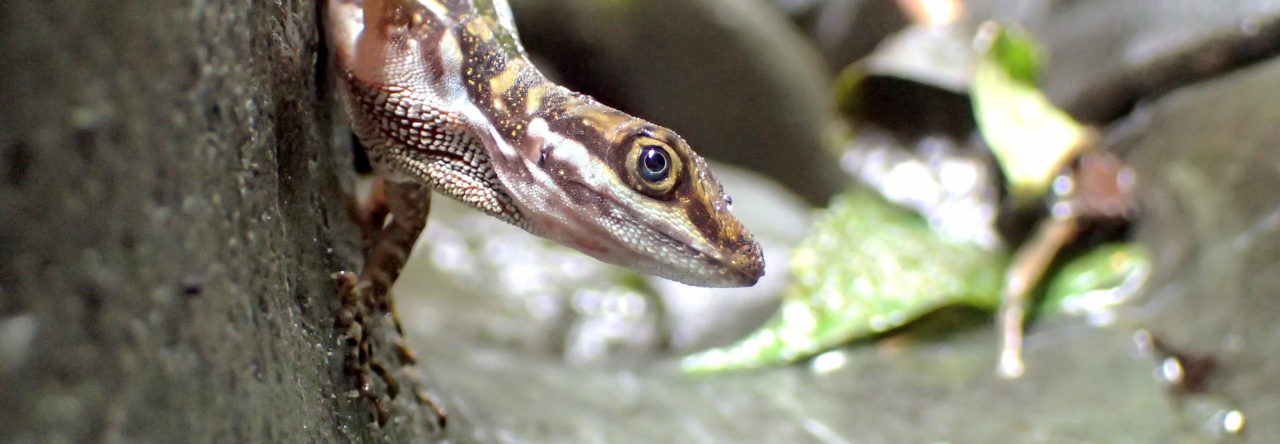
The New York Times covered the story, too. http://graphics8.nytimes.com/images/2012/08/08/blogs/cat/cat-blog480.jpg
We reported earlier this month on the talk at the Ecological Society of America where a University of Georgia researcher put kitty cams on housecats to see where they went and what they did. And one finding: they caught a lot of anoles! USA Today ran an article on the front page, and included a video online that has some grisly (ok, not that grisly) footage of this, as well as other cool stuff (encounters with other animals, secret lives of housecats). Check it out!
Latest posts by Jonathan Losos (see all)
- Evolution in Real Time on Lizard Island - March 23, 2025
- Spider Snags Adult Anolis osa - March 22, 2025
- An Homage to the Green Anoles of New Orleans - March 21, 2025


Skip Lazell
I have fought (and killed) housecats all my life: an Ecotastrophe!
vhutchison
Skip: I understand your hatred for cats. However, if everyone neutered their felines and kept them indoors, as we do, the problem would be lessened. I bet cat lover Jerry Coyne will not like your comment!
Skip Lazell
Great to hear from you, Vic! I agree, you have a method almost as good. All the best, Skip
Hispanioland
That is a good and interesting idea. Regarding this topic, I saw this morning from my backyard to the garden, the house’s cat holding a fully grown Ameiva chrysolaema in its jaw. The lizard seemed dead (showing no resistance), but I shouted out to a friend who was nearby out in the street, he chased the cat off so to see if it can release the lizard. He told me that the cat dropp the lizard and tried grabbing it again, pressing it with a paw, then the lizard faced the cat gasping and trying to bite him. I wish I could have witnessed this or even documented it. I agree that cats have to be indoors, but this is difficult to control here, and we kind of need them otherwise there would be mice and rats inside the house, besides that cats are secretive and sneaky critters so it it should be easy for them to scape outdoors and run free again.
This guy (our cat named Cocky) not only chases lizards, he is succesful with the rodents, but some nights ago tried to bite an Osteopilus (dominicensis) treefrog, and its mouth was full of foamy saliva. His mother already tried this about 5 years ago, getting home with a “foam-covered” mouth, and haunting with its tongue out, purple colored. Next morning we found an injured treefrog in the garden. The cats survived the encounters, but as far as I know, never tried frogs again, so far.